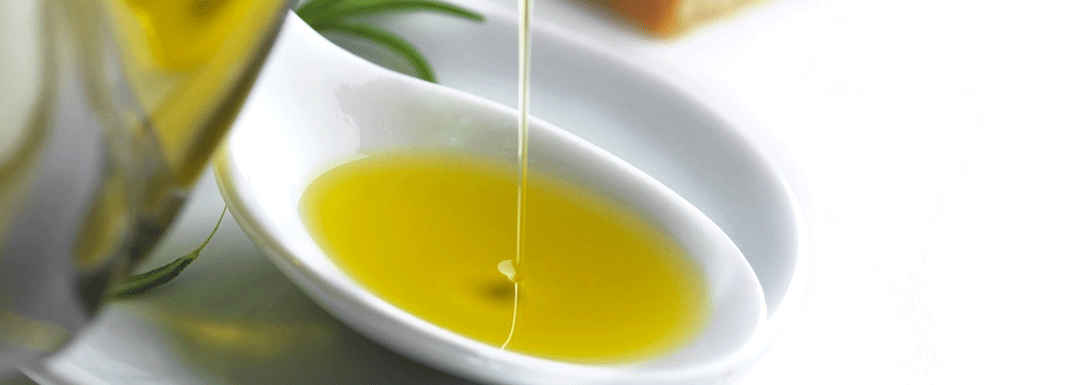.png.transform/rendition-xs/image_image%20(1).png)
Aceite de l’Empordà PDO
Extra virgin olive oil obtained from the Argudell, Curivell, Llei de Cadaqués and Arbequina varieties of olive tree fruit (Olea Europea L) by mechanical procedures or by other physical treatments that do not tamper with the oil, preserving the flavor, aroma and characteristic features of the original fruit.
The varieties Argudell, which will be present in at least 51% of the varietal composition of the oil, and Arbequina, are regarded as primary varieties and the oil from these two varieties represents 95% of the composition.
Tasting notes
A more or less intense straw-yellow greenish color. A balanced oil with a fruity aroma of medium or medium-high intensity with a "green", bitter and piquant taste of medium intensity. Oils with aromas that are usually reminiscent of walnut and freshly cut grass; there can also be aromas of exotic fruits, green fruits or artichoke, leaving a slight almond taste in your mouth.
Other notes
67% oleic acid (with extreme values of 60-75)
13% linoleic acid (with extreme values of 8-18)
14% palmitic acid (with extreme values of 11-18)
Stability (Rancimat value at 120°C)
Average value 9 hrs, never less than 6 hrs
Total polyphenols (ppm) Greater than 300
Production / Processing method
Both traditional and modern plantations are usually monoculture, evenly arranged in the flat zones and spread along terraces in sloping zones.
Cultivation consists of three or four tasks, mainly involving cultivators or disc harrows to control the weeds, and a roller is used in the fall to level the ground and make it easier to lay the meshes at harvest time.In l'Empordà the olive trees are traditionally pruned every three or four years and involves removing the shaded, lower branches and prevent the tree from growing vertically to simplify harvesting. Older branches are also removed to invigorate the tree.All traditional plantations are rainfed but a high percentage of the new plantations have localized irrigation systems, usually as backup.The traditional method for harvesting the fruit is hand pole beating, whereby the olives fall onto meshes laid out beneath the tree to prevent the fruit from touching the soil. Mechanized vibration has become increasingly common in recent years, mainly manual devices, though multidirectional vibrators coupled to tractors and with inverted "umbrellas" to catch the olives are also used.Olives are transported to the oil mills on a daily basis and under the best possible conditions to ensure the fruit is not damaged. The olives are harvested and crushed in less than forty-eight hours. Then comes the milling stage. This is carried out using stone mills (the traditional type), or with hammer mills or grinders. Today, most oil producers in the region use a continuous system of extraction by centrifugation. The beaten pulp is fed into a horizontal centrifuge (decanter), and this is where the two or three phases are separated (depending on the type of operation). In the two-phase system, olive oil is obtained in one phase and the olive pomace and vegetable water in another. In a three-phase operation, the three products, oil, pomace and vegetable water, are obtained separately.The oil is stored in inerted containers away from light.Protected Designation of Origin (PDO) olive oil can be bottled both inside and outside the defined geographical area providing a reliable traceability system is in place and the oil is correctly labeled.
Geography / Relief and climate
he area is delimited based on soil and climate, conditioned by three determinants: predominantly poor, light and acidic or neutral soils; moderate temperature regulated by the sea; and the northerly winds typical in this region.In L’Empordà olives are mainly grown in areas of "poor soil", that is, on slopes and peneplains in the foothills of the Pyrenees. The soil is generally light and acidic or neutral originating from shale or granite or gneiss rocks, common to the foothills of the Pyrenees.The climate in this olive producing region is classed as Mediterranean Maritime. Temperatures, as well as the daily thermal amplitude, are tempered by the sea. There can be frost from mid-November through to the end of March.Average rainfall ranges from 550 mm in the northern coastal region to 850 mm in the more inland areas close to the foothills of the Pyrenees. Rainfall is fairly sporadic, though primarily in September and October. Between June and August there is often a period of drought, which is typical in Mediterranean regions.
Winds are predominantly northerly, known locally as La Tramontana. It is a dry wind that can sometimes be very strong, which is a key feature of the climate in l’Empordà. On the other hand, in the cold months of winter the northerly winds reduce the risk of heavy frost that can damage the olive trees, thus allowing them to be grown in these regions.
Regulatory Council
Consell Regulador DO Oli de l’Empordà
c/ Nou, 48
17600 Figueres (Girona)
T: +34 972 514 096
oli@altemporda.org
http://www.oliemporda.cat
Sources:
- Spanish Ministry of Agriculture
The varieties Argudell, which will be present in at least 51% of the varietal composition of the oil, and Arbequina, are regarded as primary varieties and the oil from these two varieties represents 95% of the composition.


- Aceite de L´Emporda 1
- Aceite de L´Emporda 2
